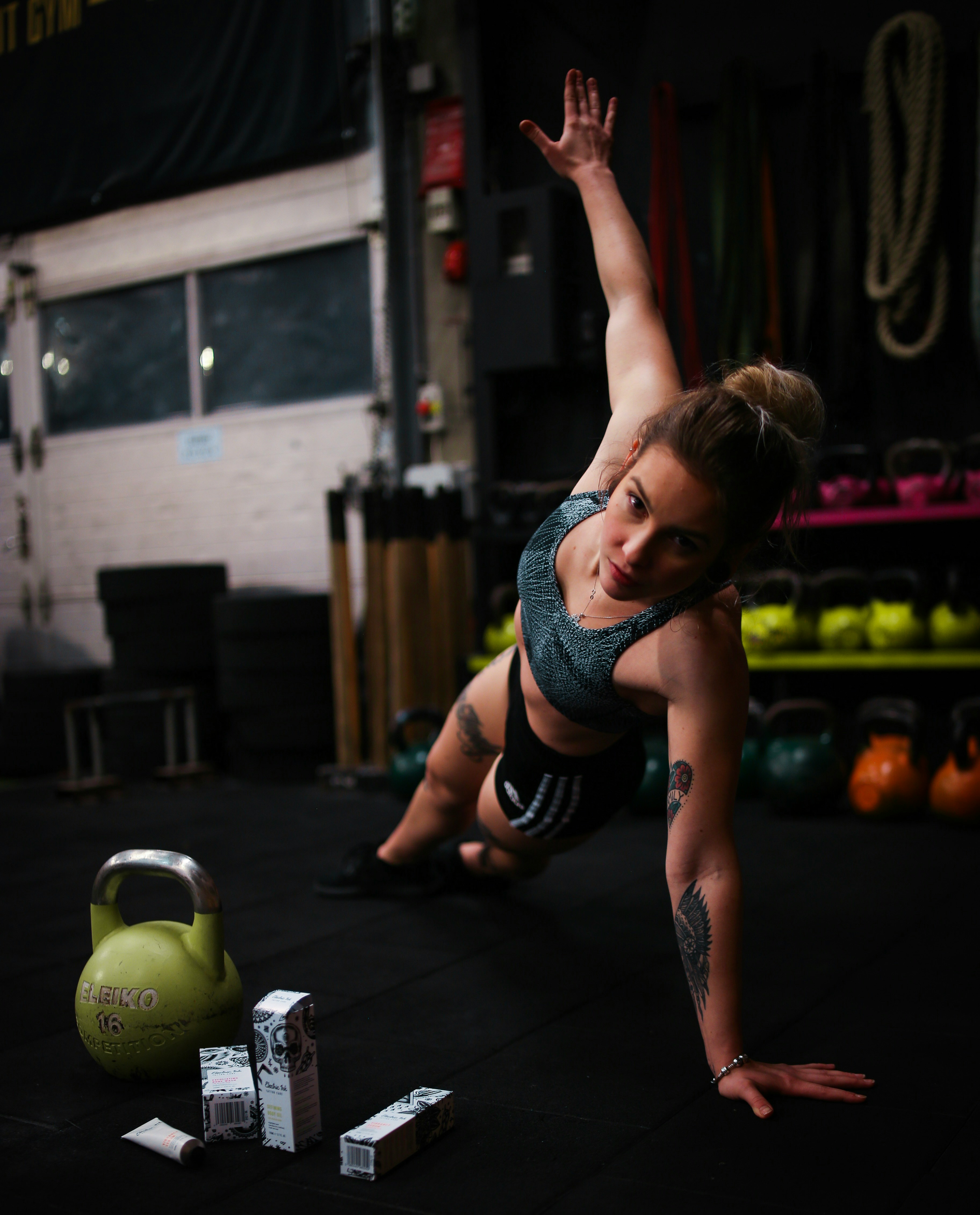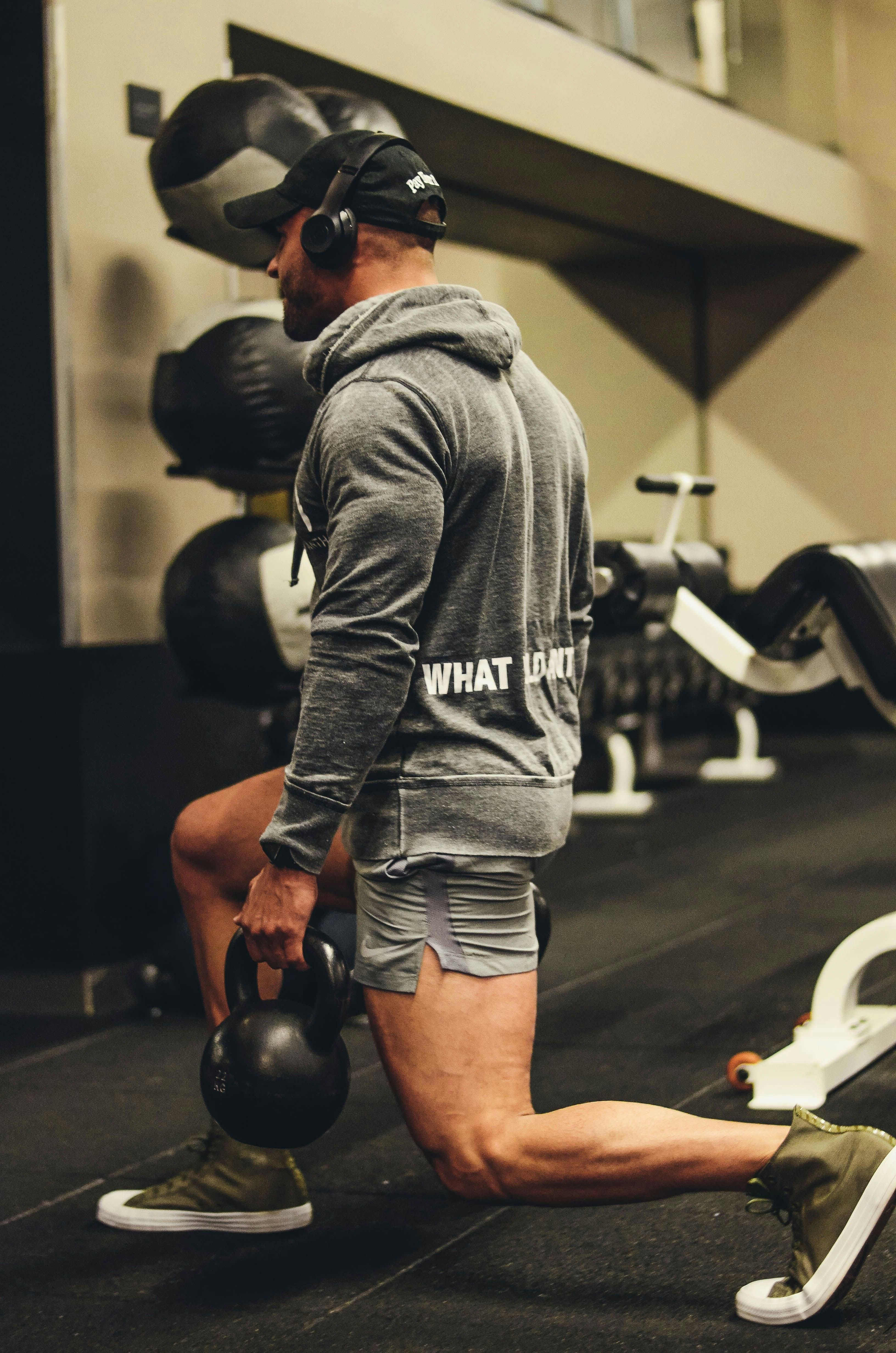How to Prevent Injuries During Your Fitness Journey?

How to Prevent Injuries During Your Fitness Journey?
"An ounce of prevention is worth a pound of cure." – Benjamin Franklin
Introduction
Fitness is about pushing your limits, improving strength, and achieving your goals. However, as with any physical activity, there's always a risk of injury. Whether you're lifting heavy weights, doing high-intensity interval training (HIIT), or running long distances, injury prevention is crucial for long-term progress and avoiding setbacks.
While some injuries are unavoidable, many can be prevented with the right approach. In this article, we’ll explore strategies for preventing injuries during your fitness journey, focusing on preparation, proper technique, and recovery.
1. Warm Up Properly
A proper warm-up is one of the most important steps in preventing injuries. It prepares your body physically and mentally for the workout ahead. Warming up increases blood flow to muscles, enhances flexibility, and boosts joint mobility, all of which reduce the risk of muscle strains, sprains, and other injuries.
Components of a Good Warm-Up:
- General Aerobic Activity : Begin with 5-10 minutes of light aerobic exercise, such as jogging, cycling, or brisk walking, to gradually elevate your heart rate and warm up your muscles.
- Dynamic Stretching : Perform dynamic stretches, such as leg swings, arm circles, and torso twists. These stretches mimic the movements you’ll be performing during your workout, improving mobility and flexibility.
- Joint Mobility Exercises : Focus on movements that loosen up your joints, especially those that will be under strain during the workout, such as the shoulders, hips, and knees.
Example Warm-Up Routine:
- 5 minutes of light jogging or brisk walking
- 10-15 minutes of dynamic stretching (leg swings, arm circles, high knees, etc.)
- Specific mobility exercises (e.g., hip circles, shoulder rotations)
2. Use Proper Technique
Whether you're lifting weights, running, or doing bodyweight exercises, proper form and technique are crucial in reducing the risk of injury. Poor technique can lead to overuse injuries, muscle imbalances, and unnecessary strain on your joints.
Tips for Maintaining Good Form:
- Start with Lighter Weights : If you're new to weightlifting, always start with lighter weights until you master the proper form. Gradually increase the weight once you feel confident in your technique.
- Mind Your Posture : Pay attention to your posture throughout your workout. For example, when deadlifting, maintain a neutral spine and avoid rounding your back to reduce strain on the lower back.
- Use Full Range of Motion : Avoid cutting corners with your movements. For example, in squats, don’t stop at half-depth—ensure you go as low as your flexibility and strength allow. This ensures that all muscles are engaged properly.
- Engage Core Muscles : Whether you're lifting weights or performing bodyweight exercises, always engage your core to protect your spine and maintain stability.
Examples of Common Technique Mistakes:
- Squat : Rounding your back instead of keeping it straight.
- Deadlift : Lifting with your back instead of your legs.
- Push-Ups : Dropping your hips or letting your shoulders rise too high.
3. Progress Gradually
One of the leading causes of injury is attempting to do too much too soon. Progressing too quickly can overload your muscles and joints, leading to overuse injuries or acute injuries like strains or sprains.
The Importance of Progressive Overload:
- Start Slow : Begin with exercises that are appropriate for your fitness level, and gradually increase intensity, duration, or resistance over time.
- Incremental Changes : If you're new to running, for example, don't jump from a 5-minute jog to a 30-minute run. Instead, increase your running time in small increments.
- Listen to Your Body : Pay attention to any discomfort or pain. If something feels wrong, stop and reassess. Pushing through pain can lead to serious injuries.
4. Incorporate Rest and Recovery
While training hard is important for progress, rest and recovery are just as vital for injury prevention. Rest allows your muscles to repair and rebuild, reducing the risk of overuse injuries.
Key Aspects of Recovery:
- Get Enough Sleep : Sleep is crucial for muscle repair and overall recovery. Aim for 7-9 hours of sleep each night to allow your body to fully recover from workouts.
- Rest Days : Schedule at least one or two rest days per week to give your muscles and joints time to recover.
- Active Recovery : On rest days, consider engaging in low-intensity activities such as walking, swimming, or yoga to keep blood flowing to your muscles without placing additional strain on them.
Importance of Active Recovery:
- Active recovery helps to increase blood flow, which can speed up the removal of metabolic waste and deliver nutrients to muscles, aiding in faster recovery.
- It can also help maintain mobility and flexibility, reducing muscle stiffness.
5. Use the Right Equipment
Using the right gear and equipment can significantly reduce the risk of injury. This applies to footwear, workout clothes, and any specialized equipment for your fitness routine.
Key Considerations for Choosing Equipment:
- Footwear : Choose shoes that are designed for the activity you’re doing. Running shoes should provide cushioning and support, while weightlifting shoes offer more stability.
- Clothing : Wear comfortable, moisture-wicking clothes to prevent chafing and ensure proper range of motion during exercises.
- Accessories : If you're using resistance bands, dumbbells, or kettlebells, make sure they are in good condition and suitable for your workout intensity.
6. Listen to Your Body
Your body gives you signals when something is wrong, and it’s important to pay attention to these signs. Pain is not the same as discomfort, and it’s essential to distinguish between normal muscle soreness and actual injury.
Red Flags to Watch For:
- Sharp Pain : If you feel sharp or acute pain during any exercise, stop immediately. Continuing to push through sharp pain can cause long-term injury.
- Persistent Discomfort : If you feel soreness that doesn’t subside after a few days, it might indicate a problem that needs attention.
- Swelling or Bruising : If you notice swelling or bruising in a joint or muscle, rest and seek medical advice before continuing.
7. Stay Hydrated and Maintain Nutrition
Good hydration and nutrition are fundamental to injury prevention. Proper hydration keeps your muscles and joints lubricated, reducing the risk of strains and sprains. Nutrients, especially those that support muscle and bone health, can help maintain strong, healthy tissues that are less prone to injury.
Key Nutrients for Injury Prevention:
- Protein : Essential for muscle repair and growth.
- Omega-3 Fatty Acids : Help reduce inflammation and support joint health.
- Calcium and Vitamin D : Crucial for bone strength.
- Electrolytes : Help maintain fluid balance, preventing cramps and muscle spasms.
Conclusion
Injuries can be frustrating and set back your progress, but they are often avoidable with the right approach. By warming up properly, using correct technique, progressing gradually, and giving your body adequate recovery, you can minimize the risk of injury during your fitness journey. Remember that consistency, patience, and listening to your body are key to long-term success and injury-free fitness.
As you continue your fitness journey, prioritize injury prevention so that you can train harder, smarter, and without setbacks.
"An ounce of prevention is worth a pound of cure." – Benjamin Franklin
References
- Bourne, M. N., et al. (2016). The role of injury prevention programs in reducing injury risk in athletes . Journal of Sports Sciences, 34(10), 961-967.
- Wainwright, T. W., et al. (2014). Injury prevention and rehabilitation in athletes: The importance of good technique and gradual progression . British Journal of Sports Medicine, 48(9), 737-738.
- Côté, J. N., et al. (2009). Preventing injuries in athletes: The role of biomechanics and movement patterns . Sports Health, 1(1), 6-13.




